Photo Journal: Central Atlantic Seacoast – James McNaughton
“This Fall, I had the good fortune to carve out a large chunk of time to leave home and journey south on a much needed sojourn. I recently purchased a baby Airstream camper called by the manufacturer, the Bambi Sport. It is 16 feet long, which is shorter than my solo canoe! I have taken to calling it ‘The Escape Pod.’
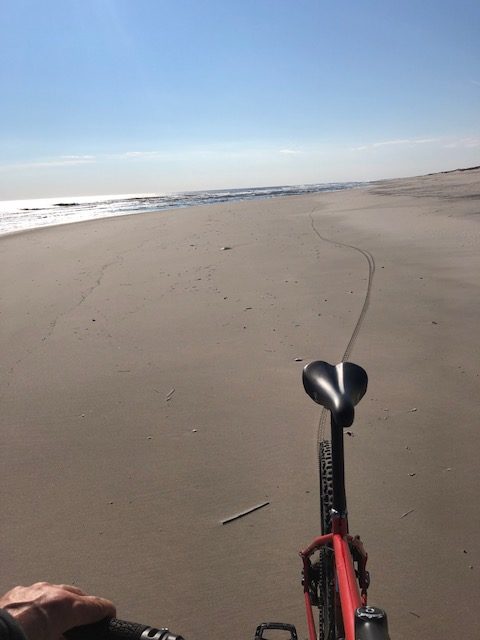

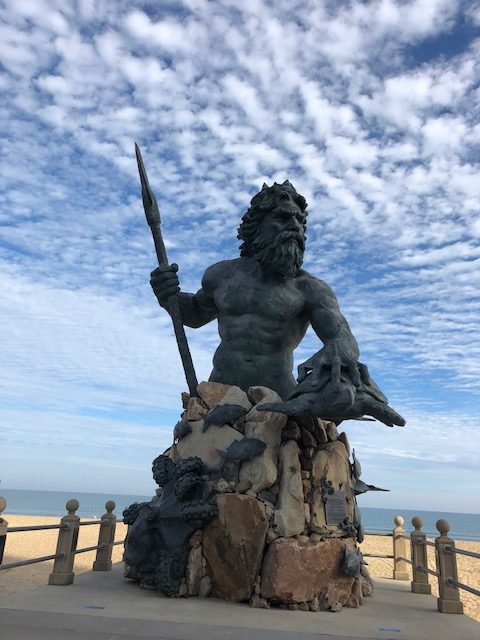




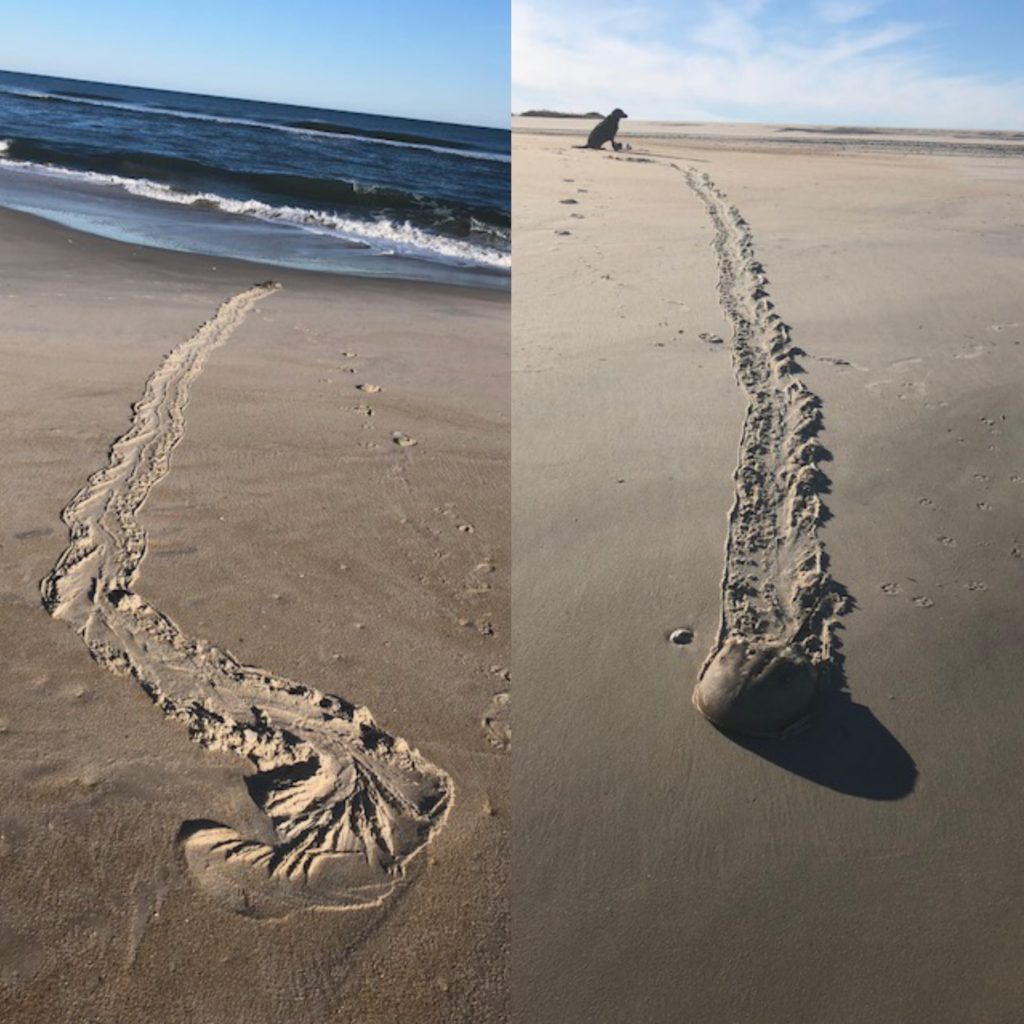

Photo Journal: The River of Grass in Florida’s Everglades – Farlin Black
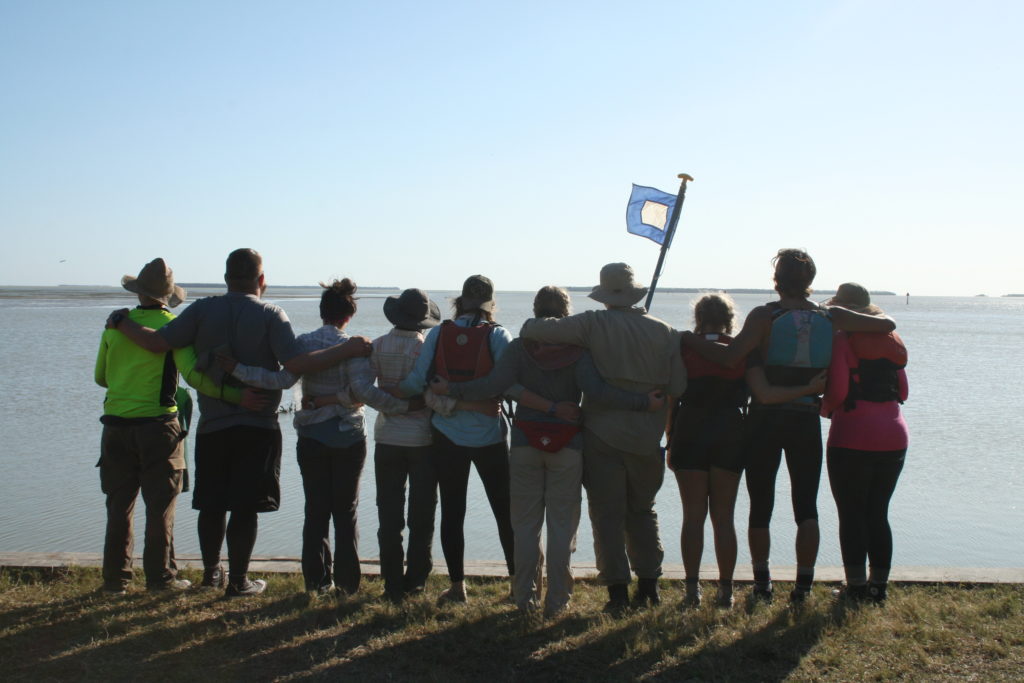
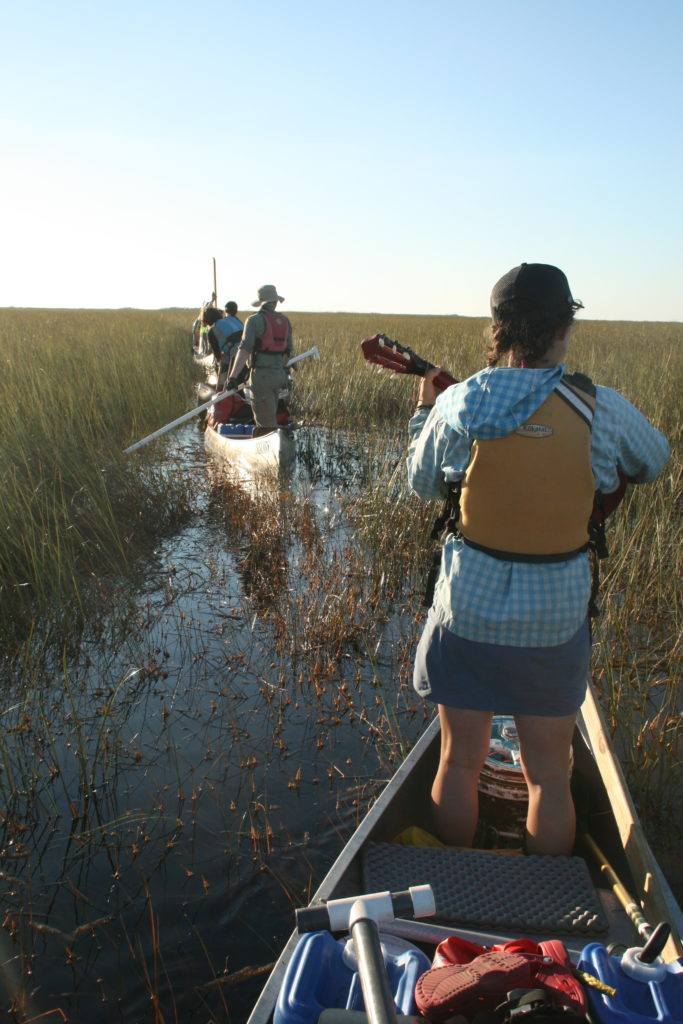
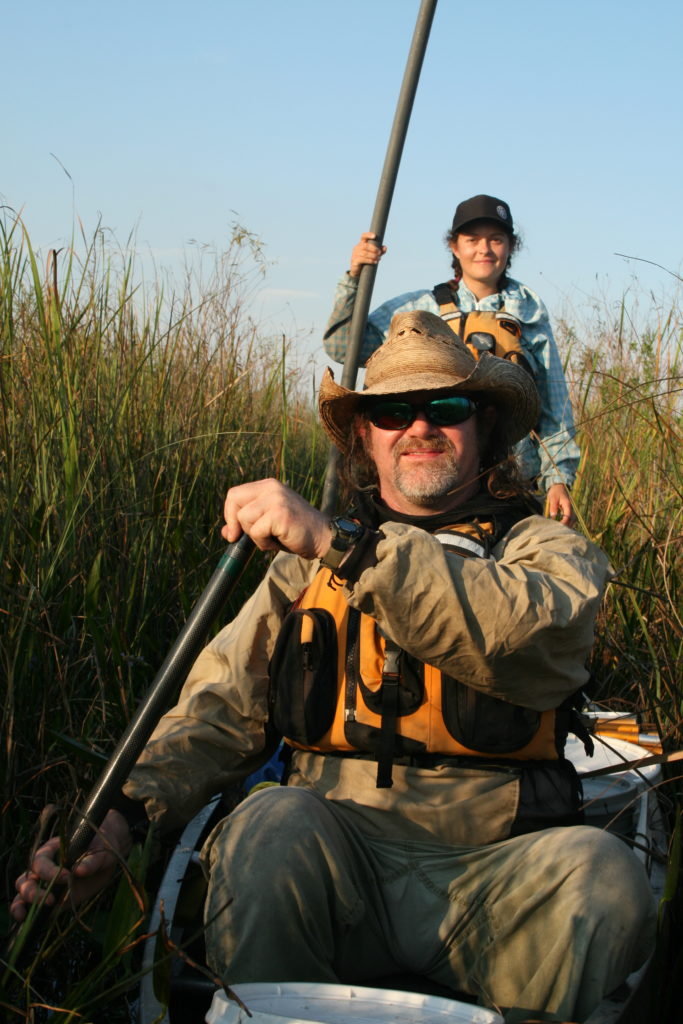
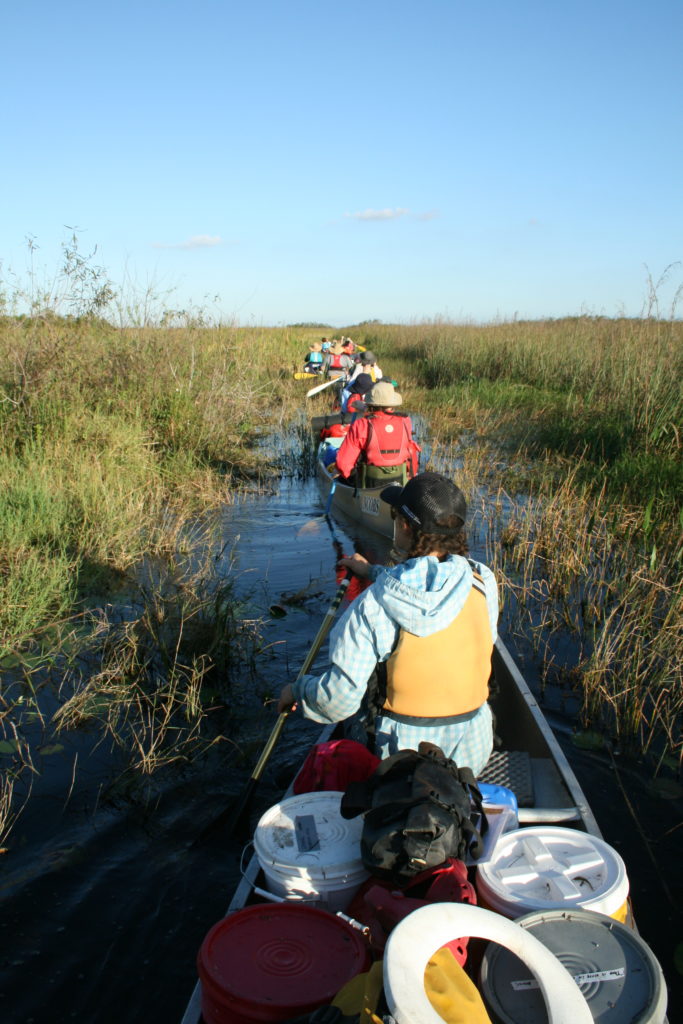


A New Fleet of Wilderness Systems Kayaks
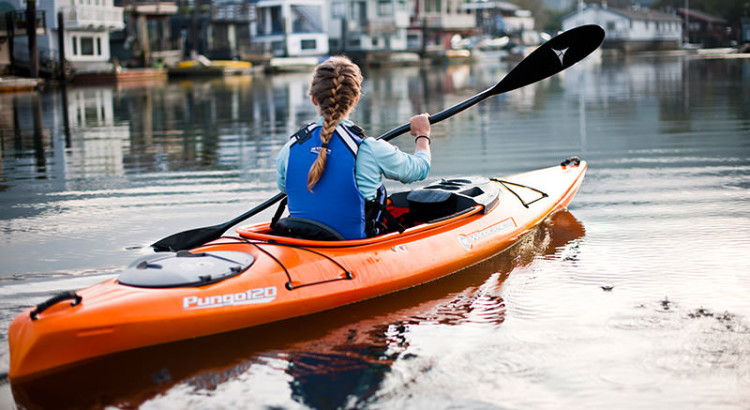
The 2017 summer season found us in the fortunate place of turning over our aging Old Town kayak fleet and replacing it with Wilderness Systems Pungo 12′ recreation kayaks, as well as two 14′ versions for instructors. These new kayaks are a big step up, both in terms of design and performance. The Pungos are faster and more stable, and also more maneuverable. The hatch cover seals and enclosures are much more user friendly. The Pungos offer three different areas of seat adjustability which also makes for a notable upgrade in comfort. On top of it all, these are significantly lighter vessels for loading, unloading, and transporting which all add up for our instructors over the summer season. Overall, AIAO staff and participants have been very happy with this upgrade to Pungo kayaks.
What the Robin Knows
Our woods are waking up from their winter sleep, and birds are moving about in greater numbers, and even returning from warmer latitudes down south. As this happens, my ears are filled with the songs and conversations of these keenly observant creatures: what can I learn from them?
In this short video Jon Young introduces us to the concept of bird language, a form of auditory tracking and situational/landscape awareness.
A blue jay sounds an alarm several hundred yards away: the brush is thick, but now I know they’ve identified a threat.
Numerous birds are singing away: with no threats or territorial disputes to negotiate they let their guard down and chirp away. What sounds do you hear, and what are they telling you?
The Timber Doodle
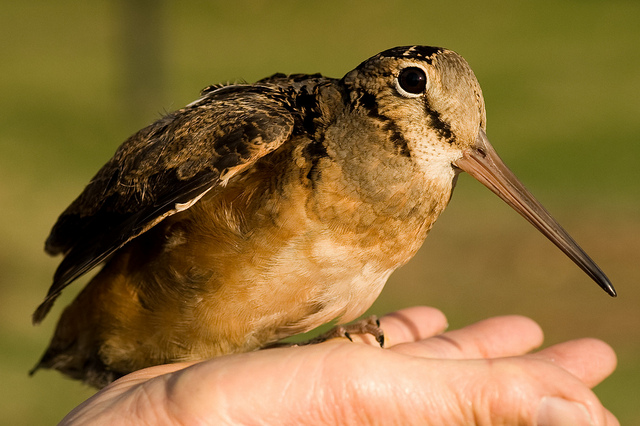
During today’s staff meeting, when James mentioned seeing a Timber Doodle, we all looked at him with looks of confused skepticism. “What the heck is a Timber Doodle?” I thought. A fan of playful jokes and pranks, we all thought that he must be putting us on. In fact, he wasn’t!
As it turns out, ‘Timber Doodle’ is just another name for the American Woodcock, the only woodcock to be found in North America. And, Timber Doodles are also signs of spring, for the male bird puts on a beautiful courtship “falling-leaf” flight display, signaling to us in the north that warmer weather is on its way.
Keep a watchful eye while in, or when passing by, open spaces and field for these small, stocky, beautifully patterned birds.
For more information, visit the Wildlife Management Institute‘s site, Timberdoodle.org And, visit our website for more information on Adventure In, Adventure Out’s tracking course, The First Science: The Art of Animal Track and Sign.
AIAO OUTING CLUB SUNDAYS
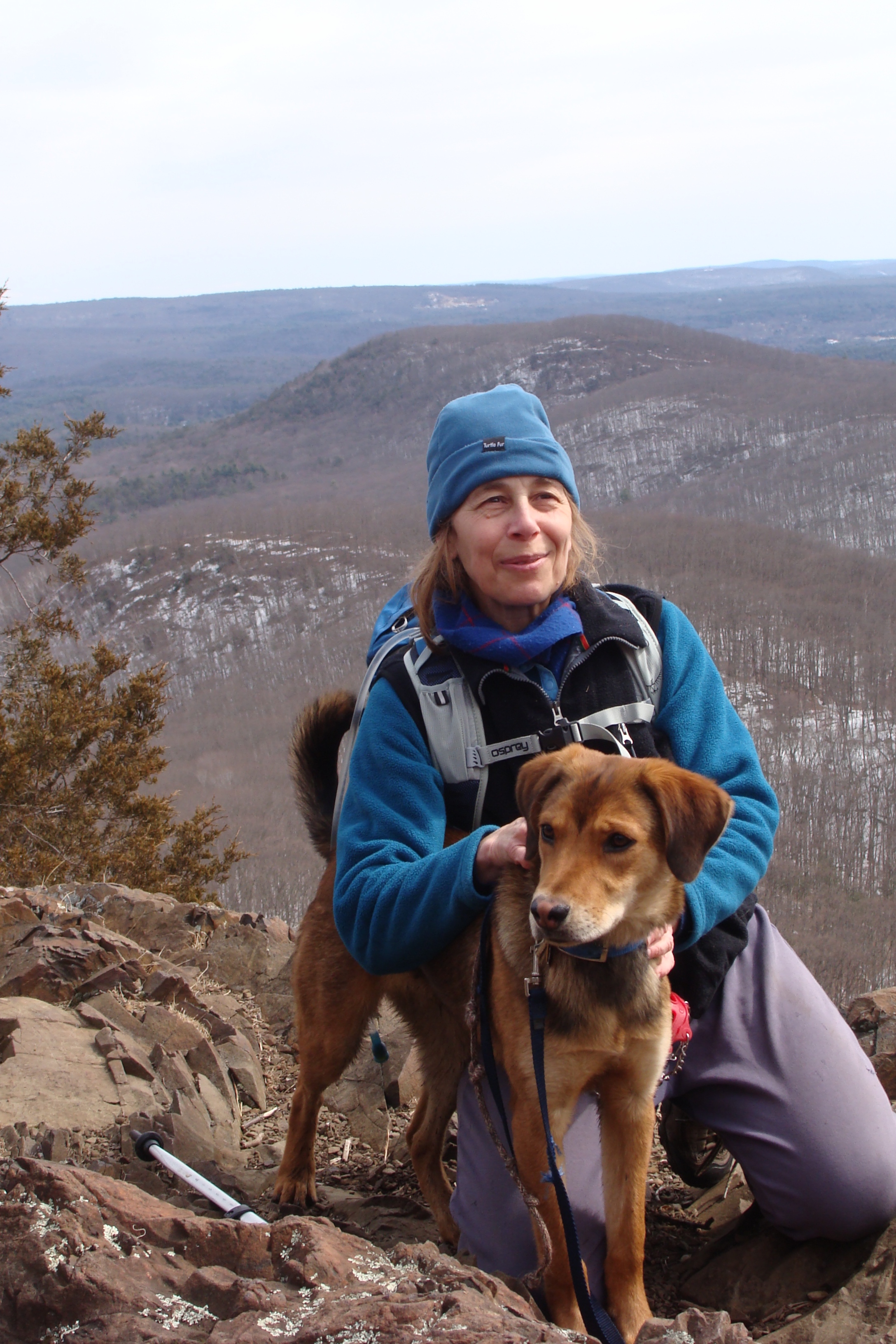
We switched our AIAO Outing Club days to Sundays and are glad that we did. This past Sunday, we had 11 people join us for an eastern Holyoke Range traverse. The day was quite chilly and the trails were icy. Max & Luna, two canine friends, joined us as well. They made fast friends and their perpetual play was a joy to watch.
We paused along the way at the Norwottuck overlook, the Horse Caves and Rattlesnake Knob to enjoy snacks, tea and each other’s company. Some of us were focused at times on the natural history of the area, quizzing each other on tree i.d., exploring a porcupine den, scat on the trail, slug trails on birch, hickory nuts fed on by squirrel, and pileated woodpecker scat full of the exoskeletons of dozens of ants.
As the snow thaws, we have plans to visit local caves, get out on the river and bike the newly opened dirt roads in the Quabbin for some mountain biking. We look forward to further fun and exploration together, as we continue to build the AIAO community.
Happy Trails! James McNaughton
When Bullying Turns Tragic

A recent article in the LA Times citing the journal JAMA Pediatrics addresses the hard and intuitive truth that bullied children are more likely to consider and attempt suicide.
And, in tragic confirmation of this fact, we now have the story of Michael Morones. Bullied so severely, Michael attempted to end his life by hanging himself, but being unsuccessful he is now “being treated for potentially lifelong neurological injuries caused by a lack of oxygen. [His mother] said they don’t know how much he will recover or when, if ever.”
“The world has developed stereotypes for our children, and when our children don’t fit these gender and sexist stereotypes they’re ostracized, ridiculed and bullied…Our society is no longer building up our children and setting them up for success, only tearing them down.”
The full story can be found here.
And, if you’re as passionate as we are about working to address bullying, or if you’d like to speak with us about setting up an anti-bullying workshop, check out Adventure In, Adventure Out’s program You Belong.
MapMyHike

Some folks here in the Adventure In, Adventure Out office have been finding this site and its associated apps, widgets, and doohickeys useful for mapping walks and other outdoor ambulations.
With MapMyHike you’re able to create new routes, calculate mileage and elevation changes, share walks and hikes with others, and track all sorts of other bits of information about your activities.
If you’re the techy sort, give it a gander.
And, Happy Saturday from the AIAO staff!
Team Building and the Tuckman Model
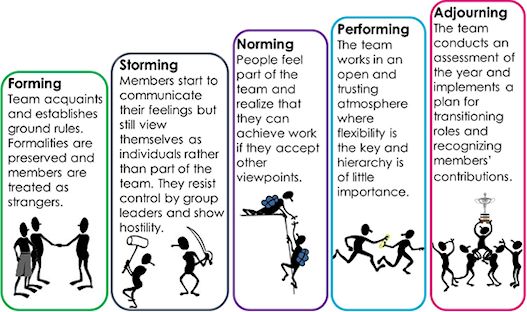
The field and office staff at Adventure In, Adventure Out are always trying to find the most effective ways to transform groups of individuals into effective teams that have the potential to thrive in any situation. Intriguingly, we regularly find ourselves coming back to the work of Bruce Tuckman.
Introduced in the mid-60s, Tuckman’s Stages of Group Development have remained relevant, and continue to serve outdoor educators and team builders of all kinds. They are: Forming, Storming, Norming, and Performing. Other stages, like Adjourning, have been added to his model as well.
To dive deeper into this effective tool, and to learn how the stages relate to each other, check out this article by the University of Washington. And for more information on our team-building offering for both schools and businesses/organizations check out Adventure In, Adventure Out’s website.
(Another Reason) Why You Should Brake for Possums
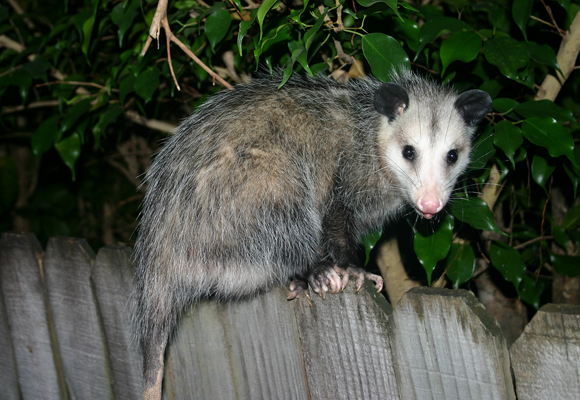
Unfortunately, Lyme Disease and other tick-borne illnesses have become commonplace in the Northeast. Speaking from personal experience, they’re no fun, which is why this article grabbed my attention. Aside from being another example of the connections that sometimes exist in nature without our knowing, it provides interesting information on how possums, who’s movements will increase as we say ‘Goodbye’ to winter, can lower tick population numbers.
For the full article and accompanying WAMC podcast, visit the Cary Institute of Ecosystem Studies.
And for more information on Adventure In, Adventure Out’s tracking and adventure programs, please visit our website.
 Adventure In Adventure Out
Adventure In Adventure Out